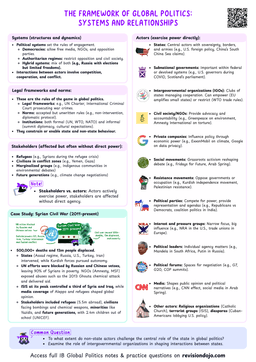Understanding Resistance Movements

Resistance movements
Resistance movements are organized efforts by groups or individuals to oppose and challenge existing power structures, policies, or social norms. They can take various forms, from peaceful protests to armed rebellions, and often arise in response to perceived injustices or oppression.
Key Characteristics of Resistance Movements
- Collective Action: Resistance movements involve coordinated efforts by groups of people who share common goals.
- Opposition to Power: They target established authorities, whether governments, corporations, or social systems.
- Diverse Strategies: Tactics can range from nonviolent protests and civil disobedience to armed conflict and guerrilla warfare.
- Ideological Foundations: Movements are often driven by ideologies such as nationalism, feminism, or environmentalism.
- Resistance movements are not monolithic, they can vary widely in their goals, methods, and levels of organization.
Types of Resistance Movements
1. Nonviolent Movements
- Characteristics:
- Rely on peaceful methods such as protests, boycotts, and civil disobedience.
- Aim to mobilize public support and pressure authorities through moral and political means.
- The Civil Rights Movement in the United States used nonviolent protests and civil disobedience to challenge racial segregation and discrimination, leading to significant legal and social changes.
2. Violent Movements
- Characteristics:
- Employ armed struggle or guerrilla tactics to achieve their goals.
- Often arise in contexts where nonviolent methods are seen as ineffective or impossible.
- The Irish Republican Army (IRA) in Northern Ireland.
- The Maoist insurgency in India.
- It's a common misconception that all resistance movements are violent.
- In reality, many successful movements have achieved their goals through nonviolent means.
3. Hybrid Movements
- Characteristics:
- Combine both violent and nonviolent strategies.
- Adapt their tactics based on changing political and social conditions.
- The African National Congress (ANC) in South Africa, which used both armed resistance and diplomatic efforts to end apartheid.
Factors Influencing Resistance Movements
1. Political Context
- Authoritarian Regimes: Often face violent resistance due to limited avenues for peaceful dissent.
- Democratic Systems: May see nonviolent movements leveraging legal and institutional channels.
- The Arab Spring uprisings varied across countries, with nonviolent protests in Tunisia and violent conflict in Syria, reflecting different political contexts and state responses.
2. Social and Economic Conditions
- Inequality and Poverty: Can fuel resistance by creating grievances against the status quo.


